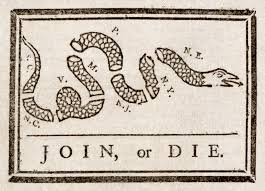Head of Elk, Maryland

Washington Watches Howe
On Tuesday morning, a party of American horsemen, including Washington, left their camp in Wilmington. They reconnoitered the British from Iron Hill, a rise nine miles northeast of the British position.
Flanking Washington were Major General Nathanael Greene of Rhode Island — Washington's most trusted general — and the Marquis de Lafayette.
As was often the case, Washington would rely on the skills learned as a young man in Virginia to personally reconnoiter the enemy.
The British Don't Unpack

Typical British camp, unlike the one established at Head of Elk
Because Howe had lost so much time getting here, he was in a rush to complete the debarkation and begin his march on Philadelphia. The troops had been ordered not to unpack their "baggage or camp equipage." Repacking would take too long, and Howe wanted to move out immediately.
Washington Learns Little
Because the usual camp formations weren't established, this complicated Washington's ability to correctly gauge troop strength.
This resulted in Washington seeing few tents from his position on Iron Hill and later from Gray's Hill, nearer to the British, but on flatter ground. In general, surveying from a higher elevation, even if farther, gave a better idea of topography and troop strength.
Later, Washington wrote to Congress:
"They remain where they debarked at first. I could not find out from inquiry what number is landed nor form an estimate of it from the distant view I had of their encampment."



